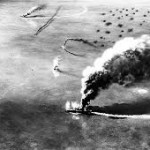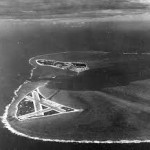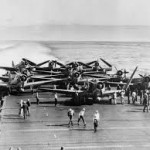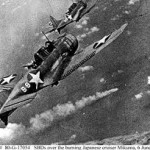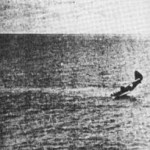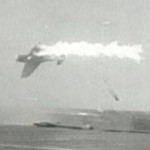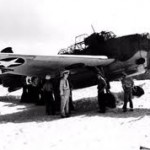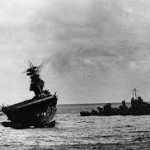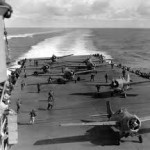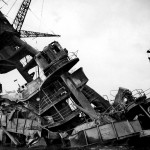The World War II Era, spanned 6-years, from September 1, 1939, to September 2, 1945. It was a global conflict and the deadliest in war history – a war that reshaped the world. The war involved more than 30 countries, including the Axis powers of Nazi Germany, Japan, and Italy. The Allies defeated the Axis powers in 1945.
The war started with Hitler’s invasion of Poland. The United States initially followed an isolationist policy, but after the attack on Pearl Harbor, the US shifted to interventionism. Official casualty sources estimate that nearly 15 million military personnel and over 38 million civilians died in the war.
Midway Island, a strategic atoll in the Pacific Ocean, played a pivotal role during the war. The Battle of Midway in June 1942 was a key turning point, where the U.S. Navy decisively defeated an attacking fleet of the Imperial Japanese Navy. This victory halted Japanese expansion in the Pacific and shifted the momentum of the war in favor of the Allies. The era was marked by significant battles, the Holocaust, and the use of atomic bombs on Hiroshima and Nagasaki, leading to the Axis powers’ surrender and the war’s end.
The Battle of Midway, June 4-7, 1942
The Battle of Midway, fought over and near the tiny U.S. mid-Pacific base at Midway island, represents the strategic high water mark of Japan’s Pacific Ocean war. Prior to this action, Japan possessed general naval superiority over the United States and could usually choose where and when to attack. After Midway, the two opposing fleets were essentially equals, and the United States soon took the offensive.
Japanese Combined Fleet commander Admiral Isoroku Yamamoto moved on Midway in an effort to draw out and destroy the U.S. Pacific Fleet’s aircraft carrier striking forces, which had embarrassed the Japanese Navy in the mid-April Doolittle Raid on Japan’s home islands and at the Battle of Coral Sea in early May. He planned to quickly knock down Midway’s defenses, follow up with an invasion of the atoll’s two small islands and establish a Japanese air base there. He expected the U.S. carriers to come out and fight, but to arrive too late to save Midway and in insufficient strength to avoid defeat by his own well-tested carrier air power.
Yamamoto’s intended surprise was thwarted by superior American communications intelligence, which deduced his scheme well before battle was joined. This allowed Admiral Chester W. Nimitz, the U.S. Pacific Fleet commander, to establish an ambush by having his carriers ready and waiting for the Japanese. On 4 June 1942, in the second of the Pacific War’s great carrier battles, the trap was sprung. The perseverance, sacrifice and skill of U.S. Navy aviators, plus a great deal of good luck on the American side, cost Japan four irreplaceable fleet carriers, while only one of the three U.S. carriers present was lost. The base at Midway, though damaged by Japanese air attack, remained operational and later became a vital component in the American trans-Pacific offensive.
War and the Telephone
